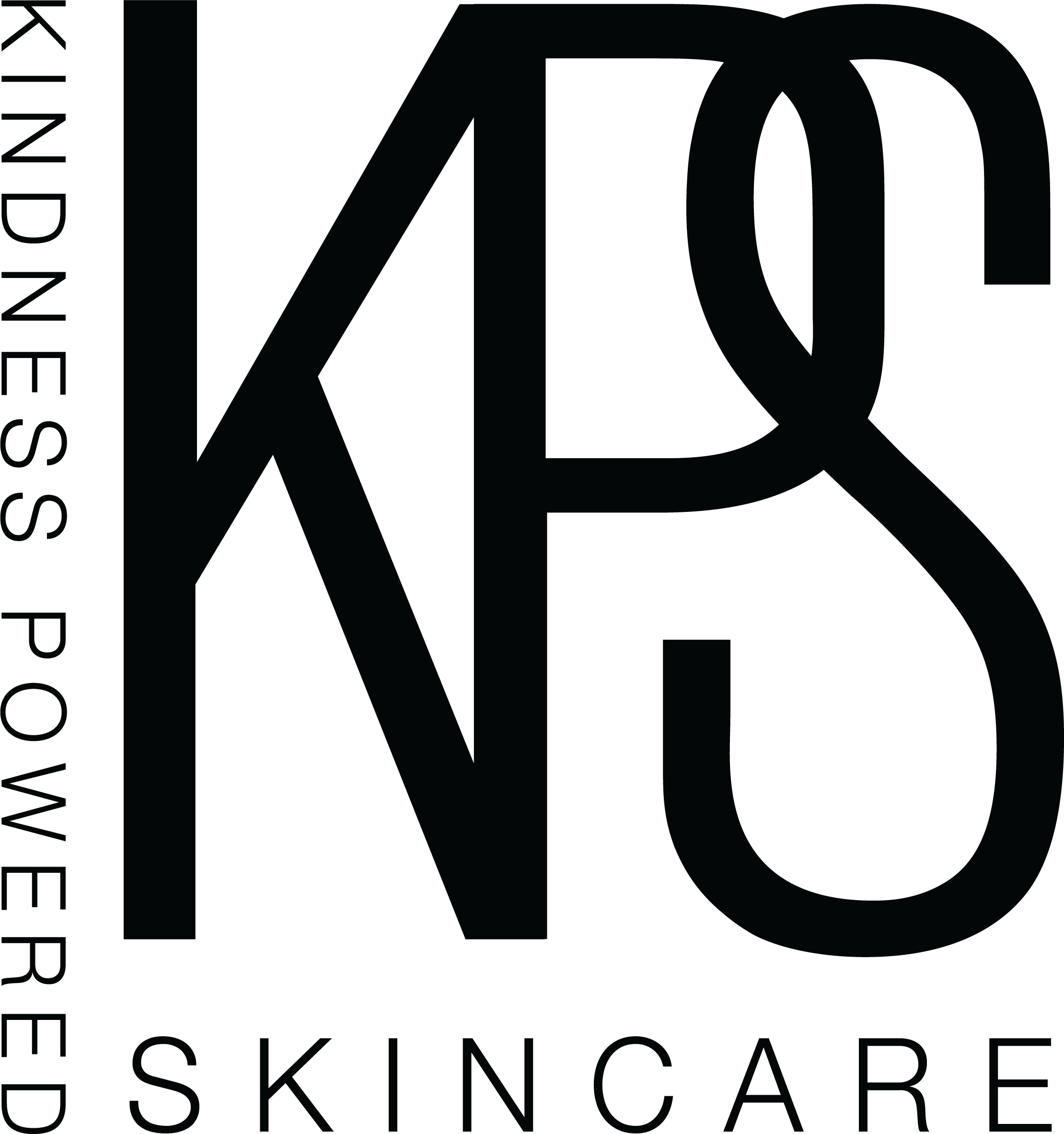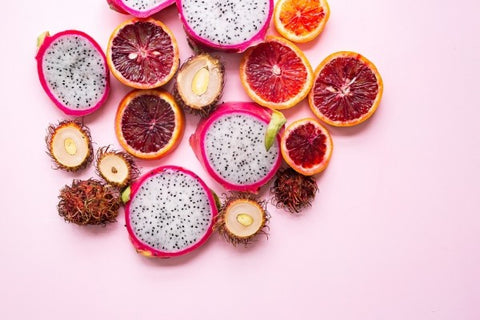Hello beauties!
By now, we all have become used to checking the labels on the food we buy. It should be second nature to scan packages for harmful chemicals, additives and ingredients to make sure that only the best goes into our bodies. Yet, many of us are still forgetting to check the labels on our skincare products and makeup to ensure that we aren’t putting anything harmful on our bodies as well.
Drugstore brand skincare and makeup items are formulated with thousands of chemicals that are absorbed into your body through the skin. Experts have identified the top ten skincare ingredients that everyone should avoid, but that are still commonly found in unregulated items. Check the labels on the skincare lotions, serums and masks in your medicine cabinet or vanity and see if any of these 10 toxic chemicals are lurking on your shelves.
Phthalates: This is a chemical you might have heard of, but did you know why you should avoid it in your skincare routine? Phthalates are known endocrine disruptors that have been linked to an increased risk of breast cancer, as well as reproductive birth defects and early breast development in girls.
Parabens: Another commonly-known chemical to avoid, parabens are particularly nasty and are used as preservatives in skincare products. They have been known to produce estrogen-mimicking properties that have been associated with an increased risk of breast cancer, and are easily absorbed by the skin.
Sodium Laureth Sulfate (SLS): This foaming agent is commonly found in around 90% of common household cleaning items, skincare and beauty products, and has been known to act as a skin, lung and eye irritant. When combined with other chemicals, SLS can become carcinogenic, causing damage to the kidneys or the respiratory system.
Synthetic Colors: Many of you may know to avoid ingesting certain food dyes, but what about the synthetic colors in your beauty products? Look for synthetic colors listed as FD&C or D&C, which are colors derived from petroleum or coal sources and have been linked to skin irritation and even ADHD in children.
Fragrance: Your favorite smelling lotions and serums may have an insidious formulation that isn’t so sweet. Fragrances are often classified as a “secret ingredient” to help protect a company’s secret formula, but could contain a mixture of unknown chemicals that cause respiratory issues, dermatitis or cause allergic reactions.
Toluene: This petrochemical is derived from coal tar or petroleum, and can be listed as toluol, benzene, methylbenzene or phenylmethane. This potent solvent has been known to affect the respiratory system, irritate the skin and cause nausea. Expectant mothers should especially avoid toluene as the vapors may cause developmental damage to the fetus.
Triclosan: A widely used antimicrobial chemical, triclosan has been proven to be a known endocrine disruptor, particularly affecting the reproductive system and thyroid. Studies have also shown that triclosan may contribute to making some bacteria antibiotic-resistant.
Formaldehyde: Yes … this icky chemical is more common in skincare products than you think. This preservative has been used to discourage the growth of bacteria in products, and has been linked to nasal and nasopharyngeal cancers. It is also known to cause allergic reactions and may be harmful to the immune system.
Sunscreen Chemicals: While we should absolutely use sunscreen every day, not all sunscreens are created equal. Benzophenone, avobenzone, PABA, methoxycinnamate and homosalate found in sunscreen are designed to absorb ultraviolet light, and are known endocrine disruptors. They also may cause cellular damage and cancer in the body.
Propylene Glycol: This small organic alcohol has been commonly used as a skin conditioning agent, and is classified as a skin irritant and penetrator. It has been linked to dermatitis and hives, with as little as 2% concentration causing sensitivity effects.
So there you have it! I know, this list may seem scary, and maybe you should be a little concerned if the products you use daily are formulated with these chemicals. If you’ve been experiencing dermatitis, respiratory issues or even hives, perhaps one of these chemicals buried in your everyday skincare items are to blame.
Until next time, check your labels and consider replacing your skincare items with clean, organic, chemical-free products that are actually good for your overall health. Giving your body only the best is all a part of total self-care!
Love, Natalie





Comments (0)
There are no comments for this article. Be the first one to leave a message!